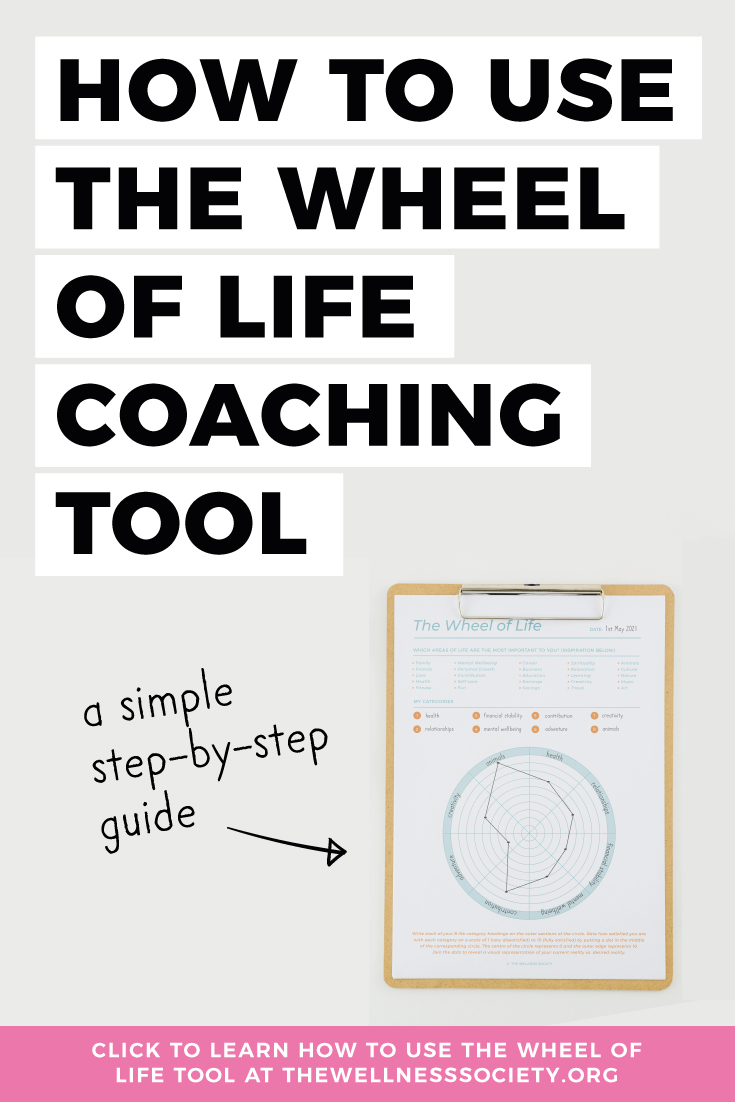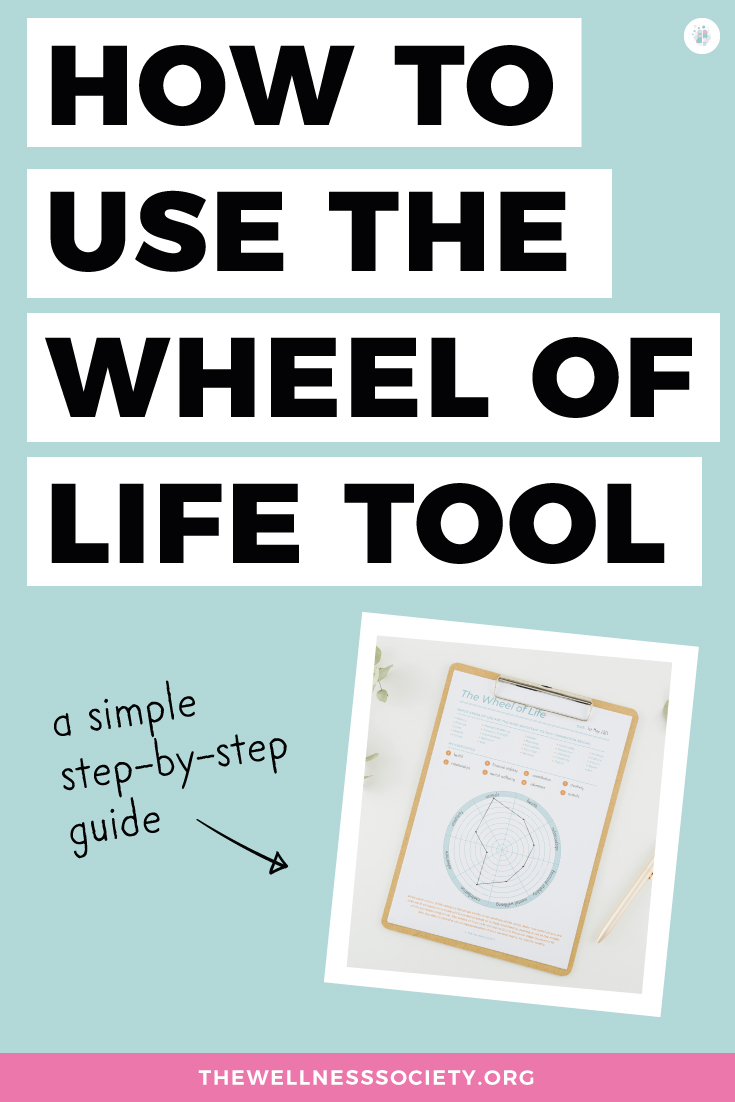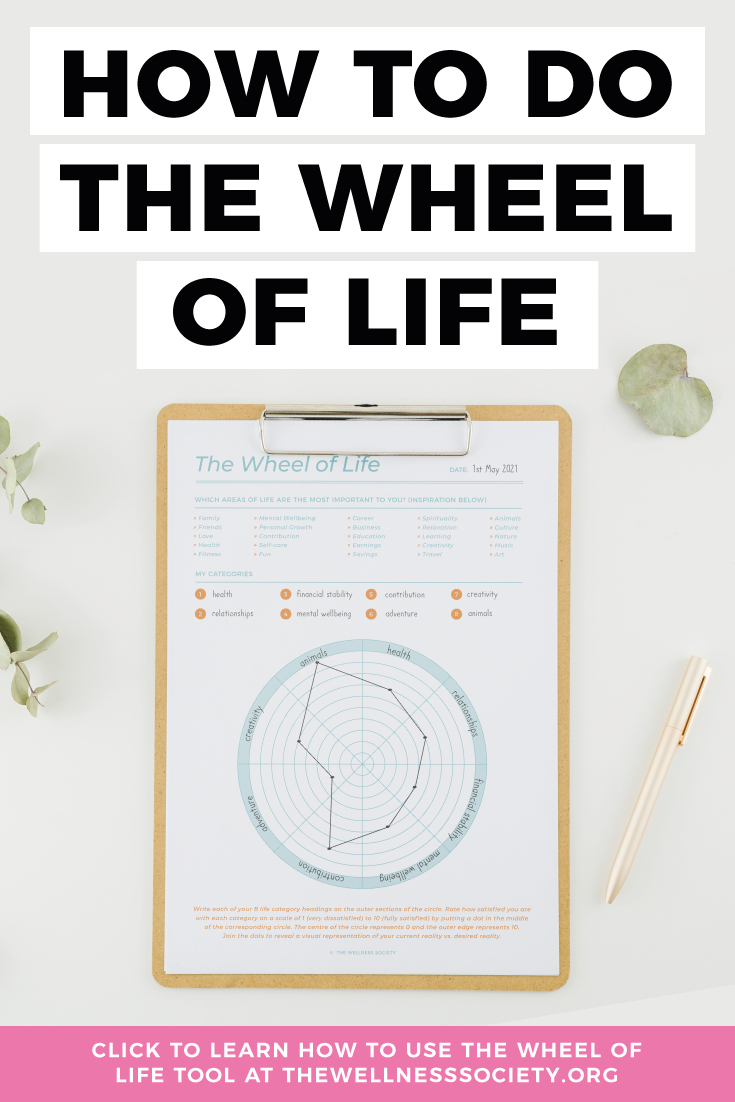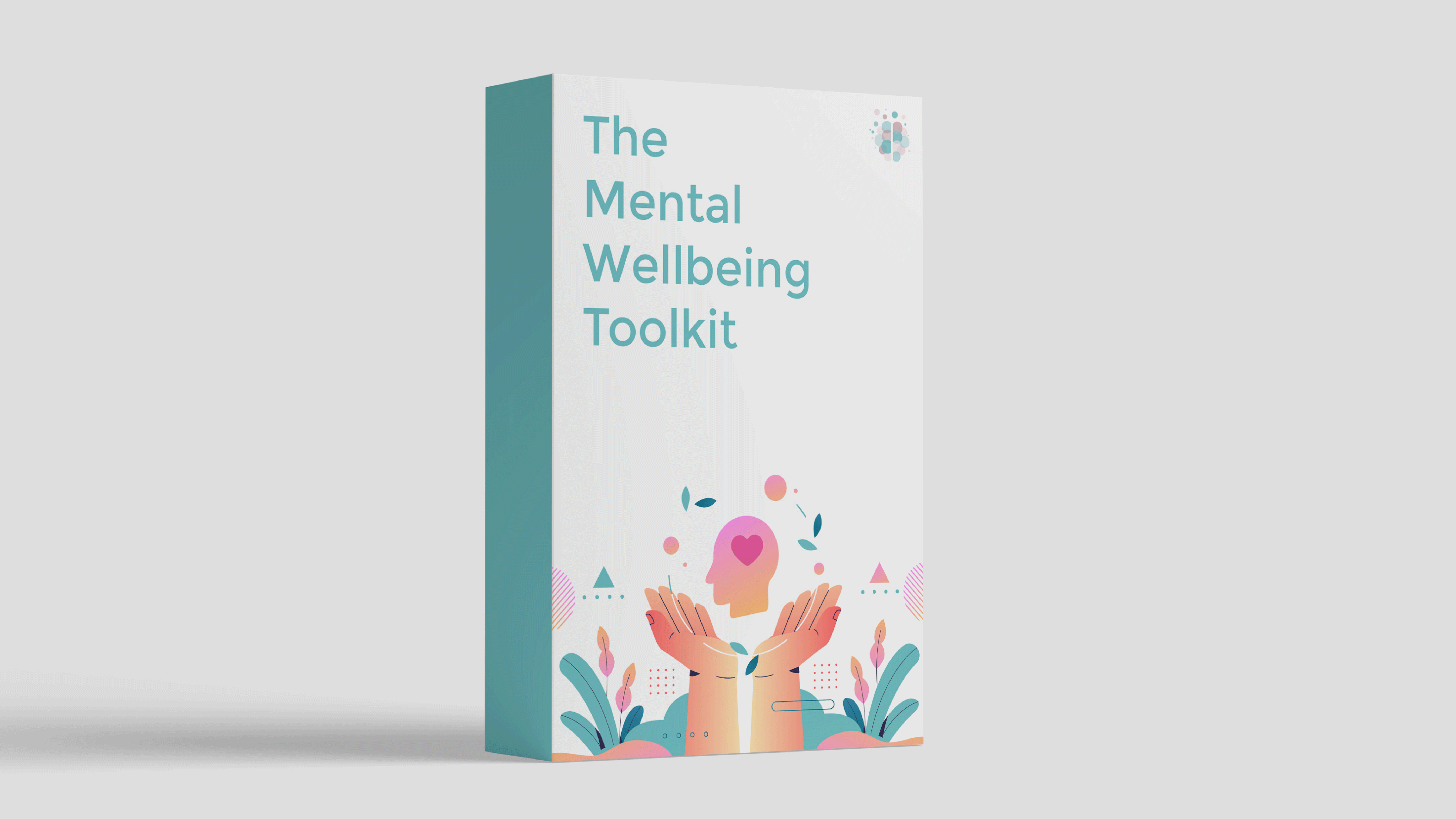"Happiness is not a matter of intensity but of balance, order, rhythm and harmony." - Thomas Merton
Feeling out of balance? Sometimes one area of your life seems to get all the attention while others get very little. While your career is going well, relationships can suffer, or when you’ve become a parent, it’s hard to see any time left for yourself.
If you feel like you’ve been trying to keep all of your plates spinning, then The Life Balance Wheel (a.k.a. The Wheel of Life) could be a great tool to help get your life back on track.
The process of reflecting, writing and assigning ratings offers insights into areas of your life that are causing you difficulty, need more attention, or are being neglected. Away from the ruminating, thinking mind, having this visual representation can bring new insights, freeing you to be clearer on your issues and possible ways forward.
The Life Balance Wheel
Created by Paul J. Meyer in 1960, this powerful exercise creates a helicopter view of your life as it is now, so you can clearly identify what you’re prioritising and what’s being overlooked.
By capturing whether individual areas of your life are meeting your needs or not, it allows you to see which areas require attention in order to create balance.
Striving for balance in life is crucial for overall wellbeing. It promotes emotional health, physical wellbeing, fulfillment, and productivity. Balancing various aspects of life allows you to nurture relationships, pursue personal growth, and enjoy a sense of purpose.
Internal and External Worlds
Remember, your life is made up not just of things going on in the external world, but everything going on in your own internal world – mind, body and spirit.
If we allow the external world to always take priority, stress can build up, and our internal world gets neglected.
When thinking about balance in your life, try to include what might be missing as well as everything you currently have. This doesn’t necessarily mean adding more, but making sure that you find time for things that are important to you.
Healthy boundaries will need to be set around things that are eroding your time and energy so that what is life-affirming for you isn’t overlooked or forgotten.
Creating Your Life Balance Wheel
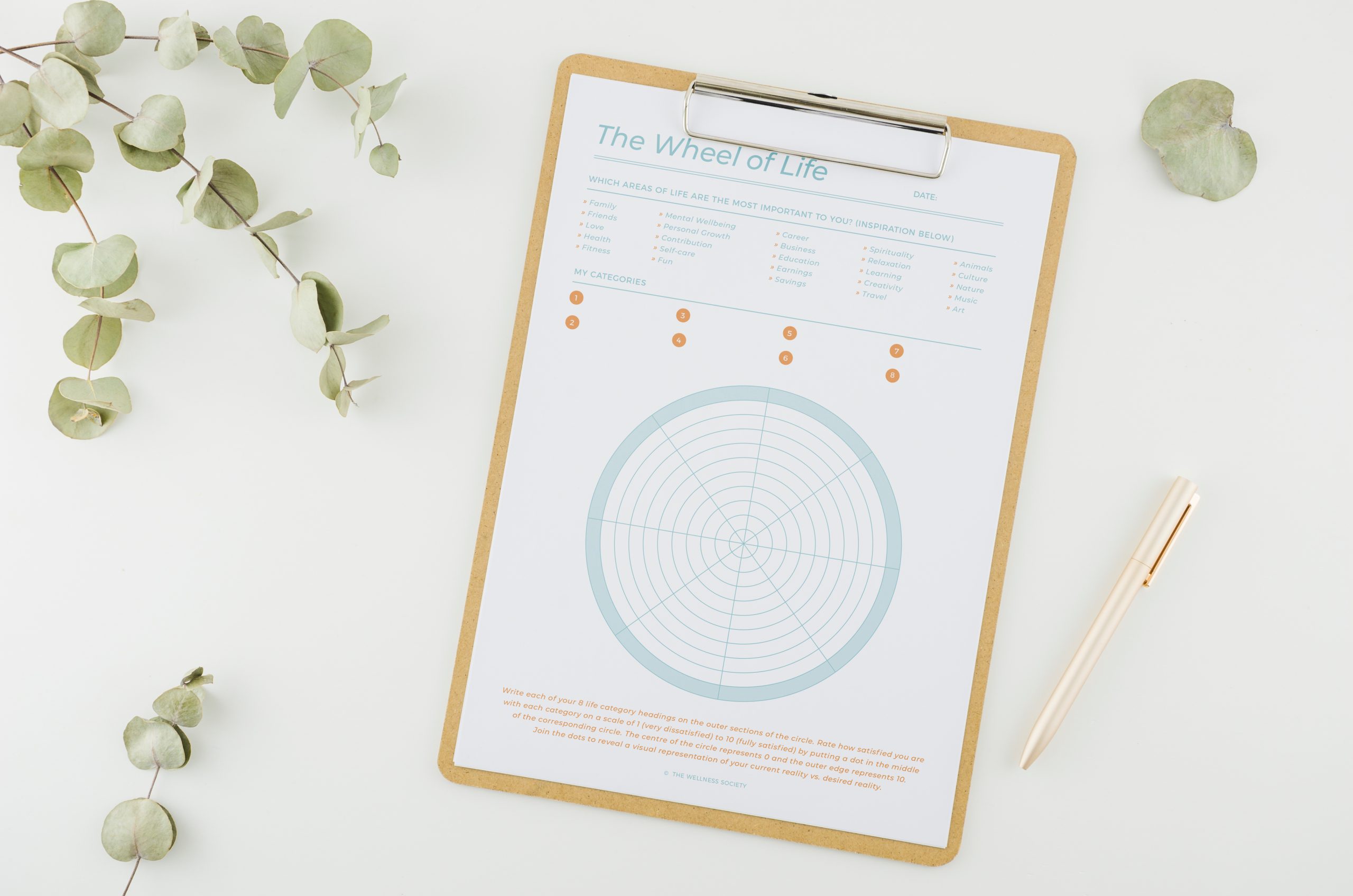
List eight categories in your life that are important to you. These can be in your external world, such as work, hobbies or relationships, as well as in your internal world, such as personal growth, spirituality or health.
Take some time to reflect and choose the things you care about. When you have your list, write these categories on the shaded, outer segments of the wheel.
Score these areas to determine how balanced your life is at present. Taking the centre of the wheel as 1 and the perimeter as 10, put a dot in the middle of the corresponding line on the wheel (1 being the first inner circle and 10 being the outside circle) to note your scores.
For example, if you're very satisfied with work, the dot will be at the middle of a line near or at the perimeter. If you're dissatisfied, it'll be at the middle of the line nearer the centre.
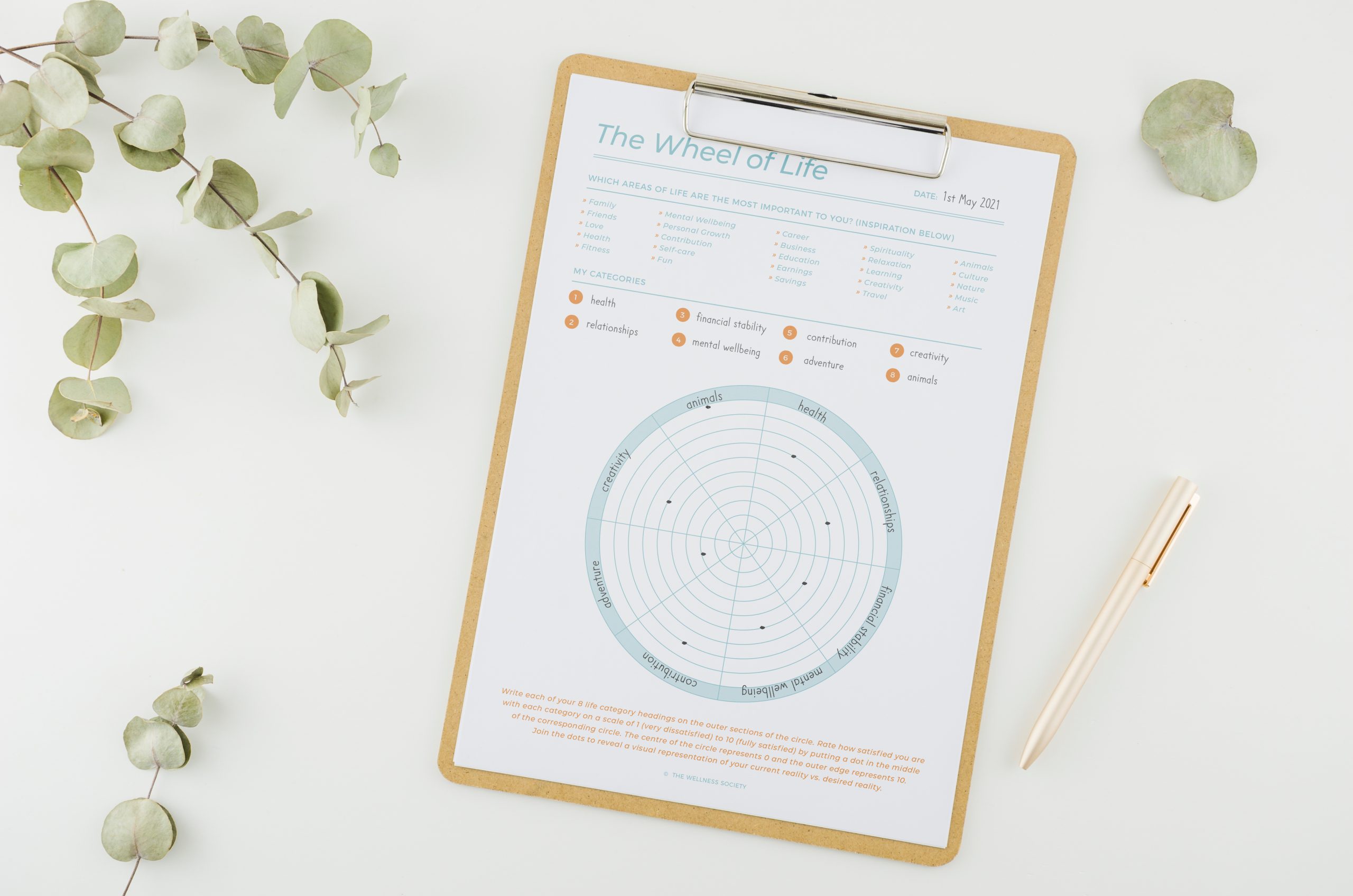
Draw a line between the dots to form a bumpy circle. This will reveal how balanced or bumpy your life is right now and indicate areas where you could smooth out the bumps to create more balance.
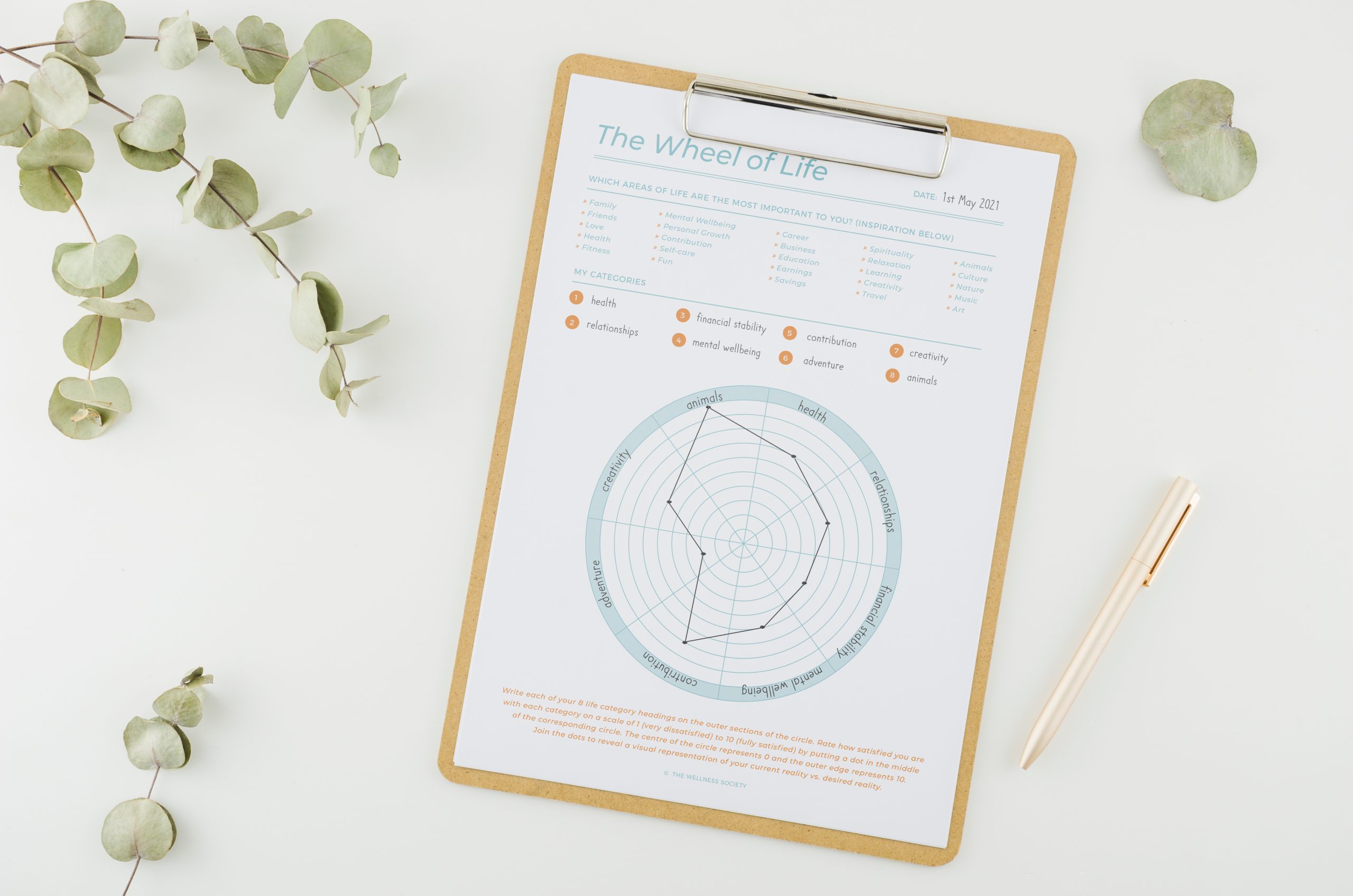
Feel free to get creative and colour your wheel, taking a different colour for each category, to make the visual representation as straightforward as possible.
Journaling Prompts
To get the most out of this tool, self-reflection is key. Self-reflection exercises help you gain deeper insights into your values, needs, and priorities. Consider some of the following questions in a journal:
- How do you feel when you look at your wheel?
- What surprises you the most?
- Which category would you most like to improve?
- What small step could you take now to improve that area?
- Are there any challenges you might encounter while doing this?
- What or who could support you to meet this challenge?
- Which areas are interconnected?
EXACT Goal-Setting
In The GROW Planner inside The Mental Wellbeing Toolkit, we outline EXACT goal-setting.
This approach was developed by Carol Wilson, the managing director of Performance Coach Training, author of Best Practice in Performance Coaching and the head of Accreditation at the Association for Coaching. She explains:
“People often tend to set goals according to what they think they should aim for, rather than what they truly want. This exploratory process will help them determine a true goal, and when this happens a shift in energy shows up – a smile, sitting up, brighter tone of voice, eyes lighting up etc. [...] We tend to set goals within self-imposed limitations. Coaching can help people to give themselves permission to admit to what they really want.”
Here’s the EXACT goal-setting framework proposed by Wilson:
- Explicit – Focus your goal on one thing only and make it positively framed
- Xciting – Set a goal that excites, inspires and motivates you
- Assessable – Make your goal clearly measurable
- Challenging – Set a goal that’s achievable yet somewhat stretches you
- Timeframed – Set a clear timeframe for achieving your goal
Be sure to check out The GROW Planner for practical goal-setting tools.
Reviewing The Life Balance Wheel
A balanced life can mean you don’t feel pushed or pulled too hard in any direction. You feel calm, grounded, and clear-headed, more of the time. However, achieving balance in life isn’t an end in itself, but rather a lifelong process of making adjustments that help you thrive.
The Life Balance Wheel is a great tool to revisit every few months. Update where you are, see how your actions have changed your scores, and identify any adjustments you'd like to make now.
Interested in this tool? Get The Life Balance Wheel inside The Mental Wellbeing Toolkit.
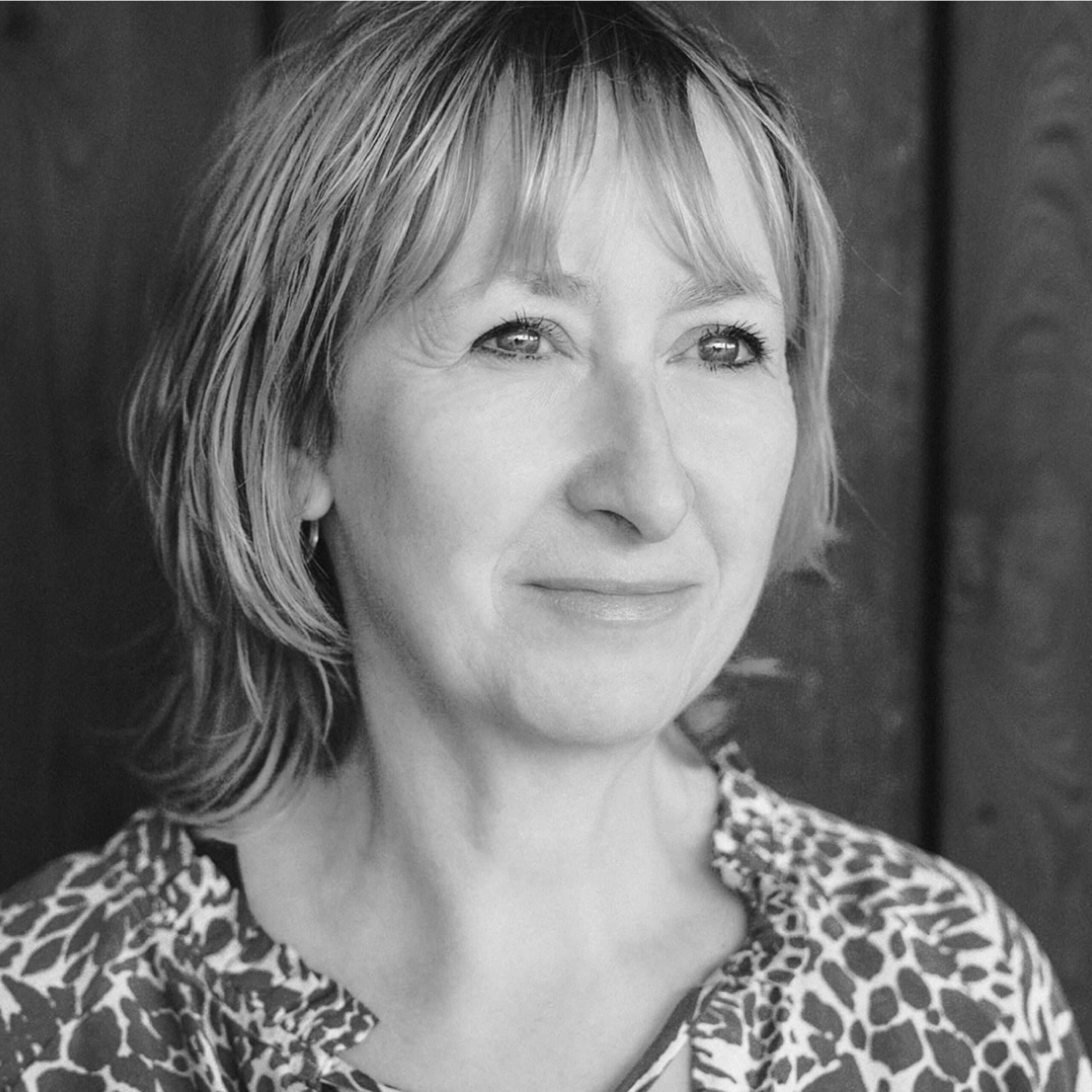
About Carole
Carole is a life coach supporting people to get clear on what they want and make the changes needed to fulfil their potential and thrive. Based in Suffolk, Carole offers online and face-to-face coaching. Trained with Animas, with additional training in Positive Psychology Coaching, Group Coaching and Somatic Embodiment Coaching, she’s an Associate Certified Coach with the International Coaching Federation.
For more information, see her website and contact her for a complimentary call to discover how life coaching could help you create a life you love.
Pin For Later
